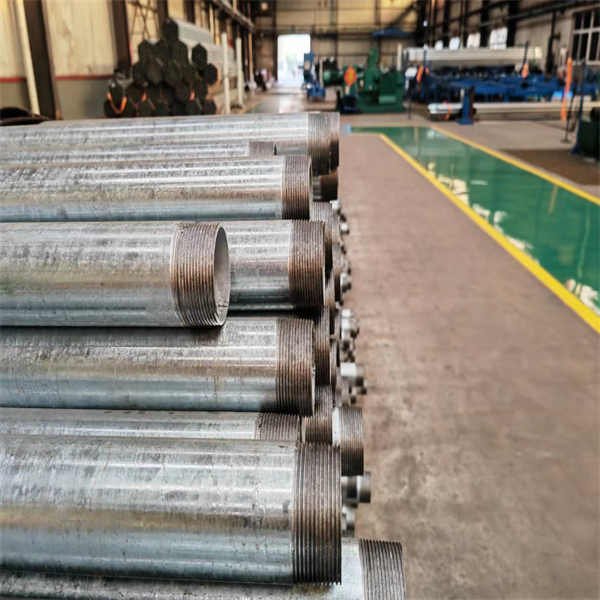The application requirements for stainless steel pipes can vary depending on the specific industry and intended use. However, here are some common considerations:
- Material Grade: Determine the appropriate stainless steel grade based on factors such as corrosion resistance, temperature resistance, strength, and compatibility with the conveyed fluid or gas.
- Size and Dimensions: Specify the required outer diameter, wall thickness, and length of the pipe according to the system design and installation requirements.
- Pressure and Temperature Ratings: Ensure that the selected stainless steel pipe can withstand the anticipated pressure and temperature conditions without failure or deformation.
- Corrosion Resistance: Verify that the chosen stainless steel grade provides adequate resistance against corrosion from the conveyed medium, environmental factors, or any potential chemical exposure.
- Standards and Codes: Comply with relevant industry standards and codes such as ASTM (American Society for Testing and Materials), ASME (American Society of Mechanical Engineers), or ISO (International Organization for Standardization).
- Surface Finish: Specify the desired surface finish (e.g., smooth, polished, brushed) based on aesthetic or functional requirements.
- Weldability: Consider the weldability of the stainless steel grade if welding is required for fabrication or installation.
- Certifications and Documentation: Depending on the application, certain certifications or documentation may be necessary, such as material test reports (MTRs) or certificates of compliance.
It is important to consult with industry professionals, engineers, or suppliers to ensure that the selected stainless steel pipes meet the specific requirements of your application.
The main use of stainless steel is in the exhaust system, which accounts for more than half of the total amount of stainless steel used in automobiles, with 80% being ferritic stainless steel. The exhaust gas generated by the car engine flows out of the muffler through the exhaust intake pipe, front pipe, hose, converter, and center pipe. The commonly used steel grades for exhaust systems include 409L, 436L, etc. The automobile muffler mainly uses stainless steel welded pipes. According to calculations, stainless steel pipes used in automobiles account for approximately 1.5% of the total downstream usage of stainless steel pipes, while the proportion of seamless and welded stainless steel pipes used is approximately 2:1.
Petrochemical industry, including fertilizer industry
There is a great demand for stainless steel pipes, and the industry mainly uses stainless steel seamless pipes with specifications such as 304, 321, 316, 316L, 347, 317L, etc. The outer diameter is around ¥ 18- ¥ 610, and the wall thickness is around 6mm-50mm (usually selected with specifications ranging from ¥ 18 to ¥ 610) Φ For medium and low pressure conveying pipelines with a diameter of over 159mm, specific application areas include furnace pipes, material conveying pipes, heat exchanger pipes, etc.
Fluid transportation such as water and gas
Stainless steel pipes and their water delivery equipment are the most advanced basic water purification materials in the world today. Their corrosion resistance is strong, and Cast iron pipe, carbon steel pipes, plastic pipes, etc. cannot be compared with them.

The best selection of materials for the water industry, including water preparation, storage, transportation, purification, regeneration, and seawater desalination. The annual demand is approximately 25000 tons.
Equipment manufacturing and maintenance
Annual consumption of stainless steel pipes exceeds 20000 tons. This type of industry mainly uses sanitary or antibacterial grade stainless steel pipes. The sanitary seamless pipe made of imported SUS304 and 316L can meet the special requirements of various media in the fields of food and biopharmaceuticals. Antibacterial stainless steel has the advantages of stainless steel and good antibacterial properties, and the demand for it is constantly increasing in areas such as kitchen equipment, workbenches and utensils in the food industry, medical equipment, tableware and towel racks in daily life, and brackets for refrigerated cabinets.

